NEWS
Level Up Learning: Gamification in Education
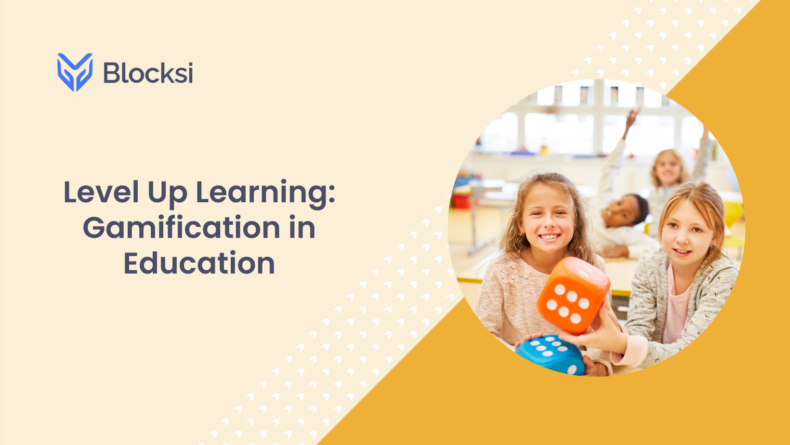
Books and chalkboards are today accompanied—or sometimes even replaced—by technology; incorporating it along with innovative teaching methods is essential. Gamification in education is a powerful tool gaining momentum in K-12 classrooms. This transformative approach offers educators a dynamic way to enhance student engagement, motivation, and learning outcomes through game elements and principles. In this article, we’ll explore the concept of gamification in education, its benefits, and practical ways to implement it using Educational Technology (EdTech) tools.
Understanding Gamification in Education
Gamification is applying game design concepts and mechanisms to areas outside of gaming, such as education. This leverages students’ inherent human inclination for competition, accomplishment, and gratification. Awakening these in students and rendering learning more enjoyable, gamification enhances learning. Teachers can cultivate an atmosphere conducive to active learning by seamlessly infusing game elements like scoring, badges, leaderboards, and intriguing challenges into conventional classroom exercises.
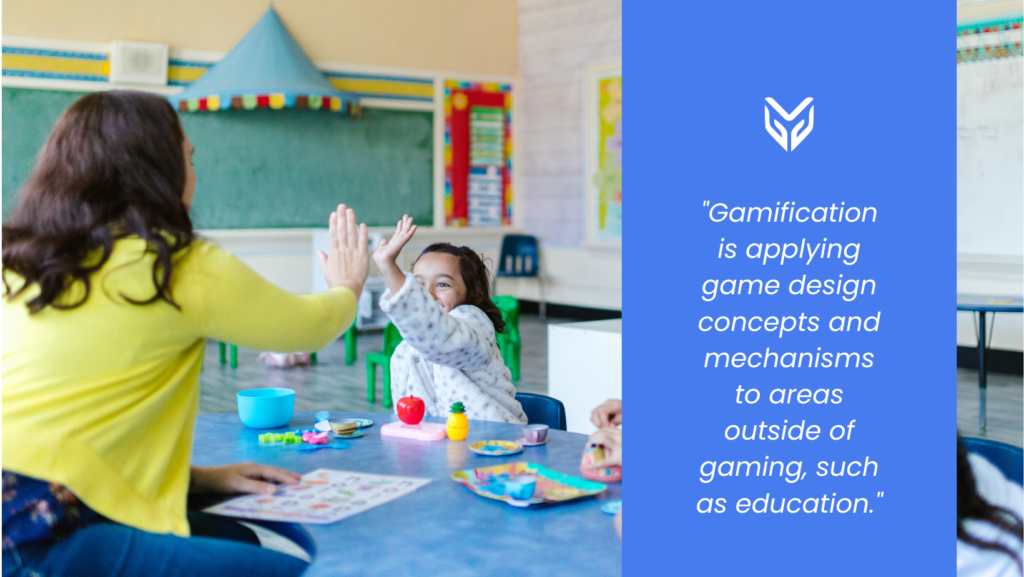
The primary goal of gamification in education is to engage students by tapping into their natural inclination for play and competition. This approach fosters a sense of achievement and accomplishment, ultimately driving students to become more active in their learning journey.
What Are Some of the Main Benefits of Gamification in Education?
One of the most significant advantages of gamification in education is its ability to boost student engagement. Traditional teaching methods may often lack the dynamic and struggle to maintain students’ interest. This can lead to disinterest and a lack of motivation. By incorporating gamification elements, lessons become interactive, exciting, and relevant to students’ lives.
Gamification also allows for personalized learning experiences. Students can progress at their own pace, set goals, and track their achievements. This autonomy gives them a sense of ownership over their education, which is also crucial for enhancing their engagement.
Additionally, educational games and gamified activities have been shown to improve learning outcomes. When actively involved and enjoying the learning process, students tend to retain more information. Gamification encourages problem-solving, critical thinking, and application of knowledge, all essential for students’ later success in the real world.
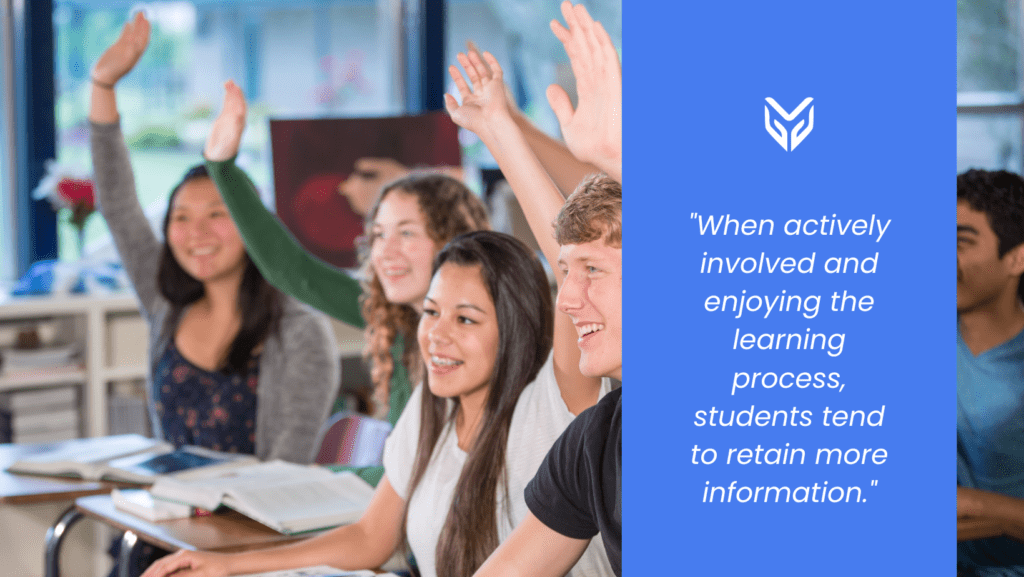
Gamification can promote collaboration among students. Through team challenges and group competitions, students learn to work together, share ideas, and solve problems collectively. These experiences enhance their academic skills and prepare them for the collaborative demands of the modern workplace.
Practical Implementation of Gamification
#1 Choose the Right EdTech Tools
Selecting the appropriate EdTech tools is the first step in implementing gamification in your classroom. Various platforms and applications are designed specifically for educational gamification. You can use tools like Kahoot! and Quizlet, which offer a range of features to create engaging learning experiences.
Such tools are often compatible with classroom screen monitoring software like Blocksi, allowing you to do pre- and post-lesson assessments with even less hassle. Using Blocksi, you can stay on top of your students’ activities at all times and hand out assignments on these platforms through the software, compatible with the classroom management tool.
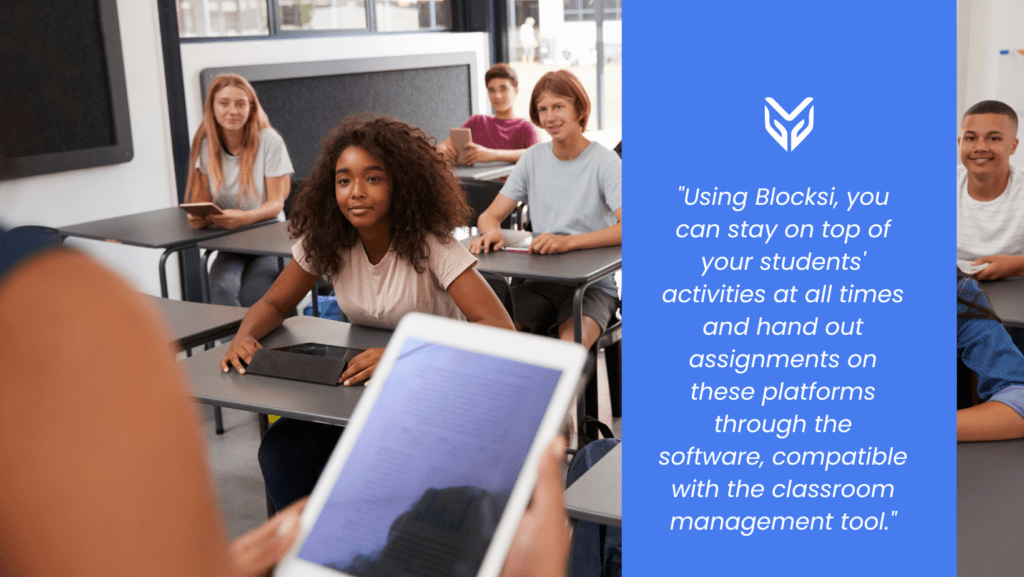
These platforms provide customizable options to design games, quizzes, and quests that align with your curriculum. Additionally, they track students’ progress, making assessing their understanding and performance easier. So you get both the means of using highly efficient engagement-boosting gamification with the tools of monitoring student progress.
#2 Set Clear Objectives
Before introducing gamification into your classroom, establish clear learning objectives. What do you want your students to achieve through gamified activities? Define the skills, knowledge, or behaviors you aim to develop. A well-defined purpose will ensure that the gamification strategy enhances your teaching rather than distracting from it.
This is also where additional EdTech support, like Blocksi, comes in handy. Besides staying on top of your students’ activities, you can also keep clear tabs on their activities and progress – both in time and over time.
#3 Create a Reward System
A reward system is a fundamental element of gamification. It motivates students to strive for excellence and fosters a sense of accomplishment. Rewards can be in the form of points, badges, or other incentives. The key is to make the rewards meaningful and connected to the learning objectives.
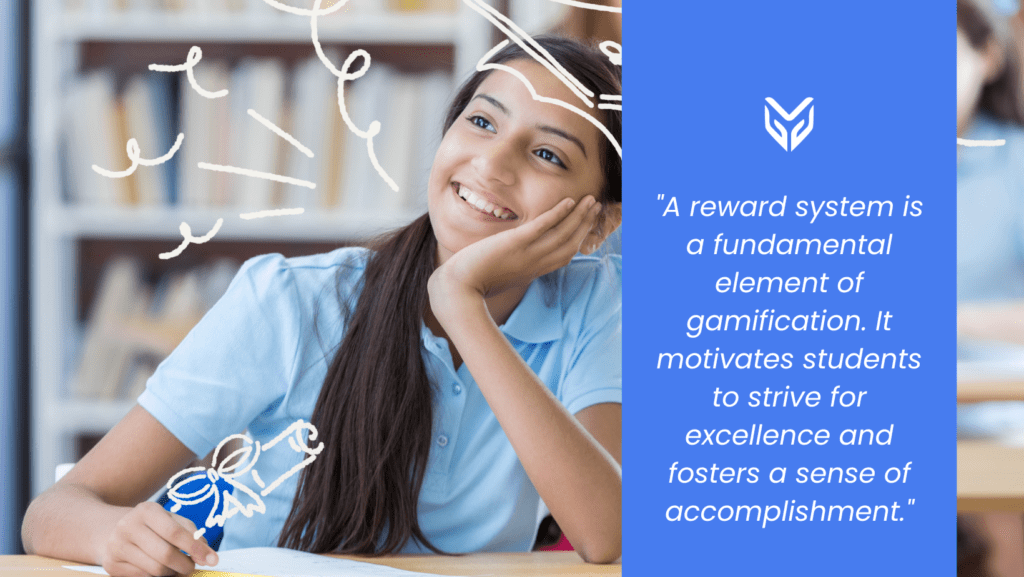
#4 Monitor and Adjust
Regularly assess the effectiveness of your gamification approach. Solicit student feedback to understand what engages them most and what may need improvement. And keep track of students’ progress using the progress-monitoring tools mentioned earlier. This iterative process allows you to refine your gamification strategy to better meet your students’ needs.
Gamification in Education – A Dynamic Approach to Teaching
Gamification in education offers numerous benefits, from increased engagement to improved learning outcomes. By implementing it, educators can create a stimulating and interactive learning environment that caters to the needs and preferences of their students.
As a teacher or tech director, you have the tools and knowledge to level up your educational practices through gamification. With the right EdTech tools, you can transform your K-12 classroom into an exciting and effective learning space where students are motivated to succeed.
So, why wait? Embrace the world of gamification in education and watch your students level up in their learning journey. Learn more about comprehensive classroom management tools that enable you to stay on top of the classroom experience here. Using EdTech tools, backed by gamification elements, is a winning combination, allowing you to upgrade the learning experience for you and your students.
SOURCES
[1] Using Gamification to Ignite Student Learning
[2] Gamification In Education: Advancing 21st-Century Learning





